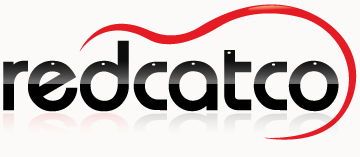What’s Your Problem?
Questions can be very powerful. As a society, we talk more than we listen and we tell more than we ask. Five examples, just from today:
- People trying to answer a question before it was fully asked
(and yes, would you believe it, they did answer the wrong question). - People answering the question they wanted to hear, rather than the one that was asked
(If you think you never do this, try recording a conversation and listening back to it) - People talking across each other
(I even found myself doing this, much to my shame). - People making unvalidated assumptions, which a simple question could have verified
(No need to guess when you can ask). - People trying to solve the problem, before they had found out what the problem actually was
(Fun, but fruitless).
All of this reminded me of a simple technique to resolve conflict: Start by addressing the underlying concerns. This is not part of a traditional western education, at least not the one that I received. How do you approach a discussion or an argument? What techniques do you use?
Work to understand the underlying concern.
Once the underlying concern is understood, the roadblocks on the path to agreement can be removed or resolved. Covey’s Fifth Habit – seek first to understand, then to be understood – encapsulates the concept perfectly. The need for understanding includes the need for us to understand ourselves, as well as others. What’s my problem? What’s your problem?
Self-awareness is a key leadership skill, when it is applied to communication it creates a step change.
What’s my problem?
What’s your problem?
If we understand our issues and the other persons issues, then we can resolve most problems.

